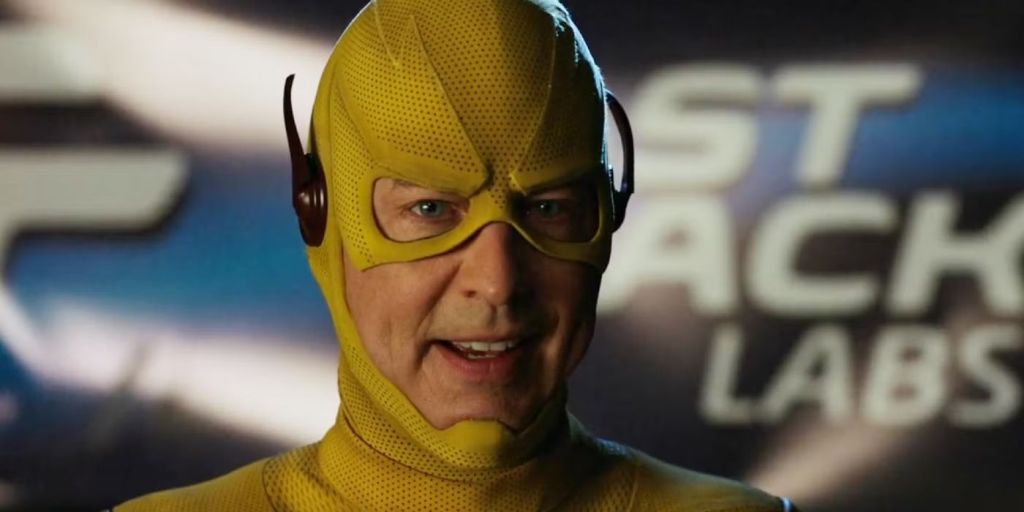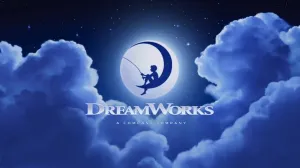The Flash spun a lot of tales in its nine seasons on The CW, and in hindsight, some worked better than others. Many fans have mixed feelings about the arc of the Reverse Flash, a.k.a. Eobard Thawne — played by Tom Cavanagh, especially as the series went on. Thawne was brought back to the story again and again, and some fans think it got to be a little too contrived. They say the character was revived just to give climaxes more gravitas, and that it the premise got more outlandish each time. To this day, commenters online argue that some of the Reverse Flash’s comebacks don’t make sense and represent plot holes, but others are willing to go along for the ride.
Videos by ComicBook.com
The conversation about Eobard Thawne came back up this week on The Flash subreddit, where user u/SignalNegotiation389 summed up the villain’s arc in each of the seasons where he appears. Thawne is the first “big bad” of the series, introduced in Season 1 where he is masquerading as scientist Harrison Wells. We eventually learn that Thawne traveled back in time to try and kill Barry Allen’s mother before he could be born, but he became trapped in the past instead.
Thawne is defeated dramatically by the sacrifice of his ancestor, Eddie Thawne, which causes a singularity. It’s a dramatic ending, not least of all because the viewer assumes that Eobard is gone for good. That means the writers are betting they can build up new villains to take his place, but the complaint among fans is that they never really did. Thawne returned continually, which is not unheard of for the superhero genre, but it is often criticized.
[RELATED: The Flash TV Show Star Reacts to The Flash Movie, “They Took the IQ Level Down”]
An alternate version of Thawne appears in Season 2, though he’s not as antagonistic this time. This version of Thawne is more interested in returning to his original timeline than defeating Barry, who is distracted by his battles with a different speedster. In Season 3, Barry revisits his mother’s murder, which we already know was committed by Thawne, so most fans agree that this reprisal was warranted.
Thawne’s appearances from then on become less and less popular. As u/SignalNegotiation389 put it, “The episode where Nora and Barry go back in time makes sense, [because] it’s the past, but Thawne existing and being trapped in the future is not possible. He is erased from existence in Season 1, so he can’t live in the current timeline. All other times have involved him coming/going to the past or different Earths before Season 5, but the whole thing of him being imprisoned in Season 5 and later seasons doesn’t make sense cause he’s dead in that timeline.”
Commenters had a lot of different takes on these arguments, and even those defending the show admitted that the writing had its inconsistencies. Some felt that was to be expected — time travel automatically presents paradoxes in any story in which it is used, and The Flash is no exception. On the other hand, some felt that this show could have explored other parts of the Flash’s powers more and used other villains in the process, rather than coming back to Thawne for the melodrama.

All time travel stories fall into one of three categories: bootstrap paradoxes, grandfather paradoxes, or Newcomb’s paradoxes. A “bootstrap paradox” happens when a story reveals that a historical event was actually the result of time travel — for example, the invention of transparent aluminum in Star Trek IV: The Voyage Home. A grandfather paradox is a causal loop, where a future event causes a past event through time travel, and the past event then causes the future event, creating a self-sustaining cycle in time. This is best illustrated in Back to the Future, where Marty McFly seems to be the reason his parents got together. Finally, Newcomb’s paradox refers to the contradiction when a character seems to have free will, but is still unable to change events even with foreknowledge of the future.
There are hundreds of variations on these three paradoxes, but so far no stories have solved them or grown beyond them. It’s no surprise that The Flash falls into the same boxes, but that doesn’t mean fans have to feel satisfied. You can revisit the show yourself to see how these contradictions hold up — the entire series is streaming now on Netflix.








